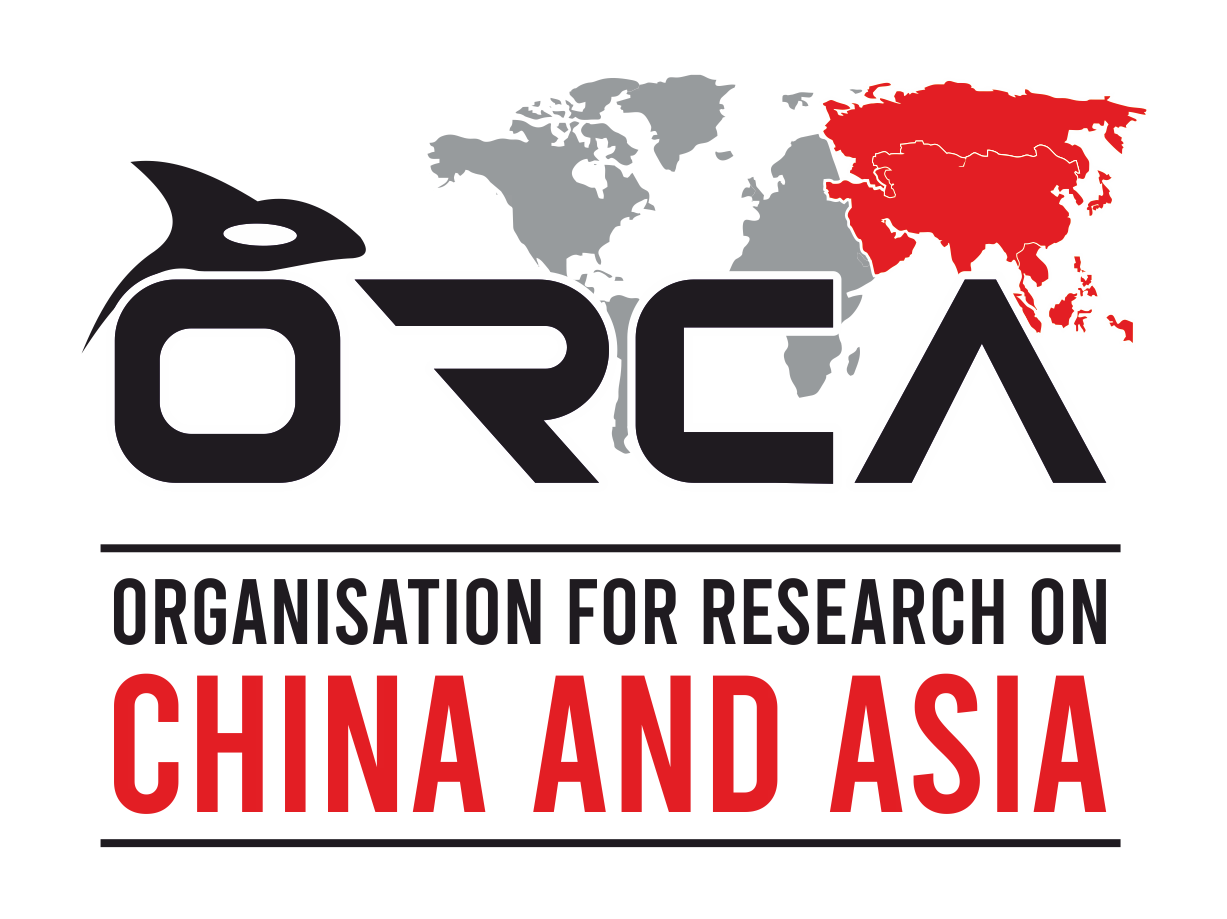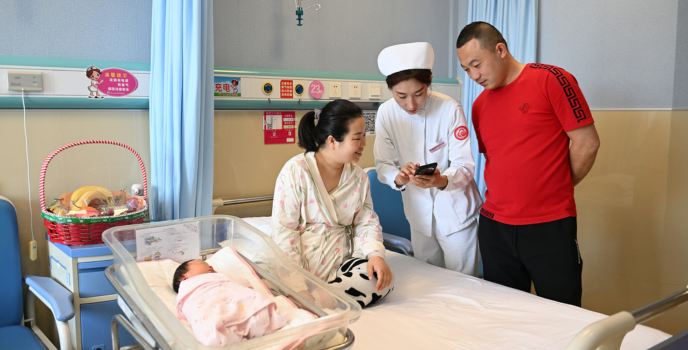By announcing a universal childcare subsidy of 3,600 yuan a year for every child under three, China has made one of its clearest admissions yet, reflecting the depth of the country’s demographic anxieties. The measure is concerned less with the direct financial disbursement than about testing whether targeted social policy can reverse deep demographic decline. Does this signal a broader shift toward structural reform, or remains another limited intervention in a problem that financial support alone cannot solve?
The Childcare Subsidy Paradox
The annual subsidy of 3,600 yuan, equivalent to under 10 yuan per day, falls far short of covering the high childcare costs faced by most urban families. However, its actual impact differs significantly depending on the region and household income. The inadequacy is evident in Beijing, where the monthly cost of a licensed daycare slot costs more than 3,000 yuan. For many families, especially in urban areas, it is more of a token payment than a transformative benefit. Particularly for lower-income households, however, the transfer is consequential. In Henan, where annual disposable income averages 21,330 yuan, it amounts to nearly 17 percent of income, a proportion that represents a substantial boost to household budgets in one of China’s less affluent provinces. Such uneven impact reflects the limitations of universal financial incentives, which rarely account for regional disparities in cost of living and access to services. Ensuring that the policy serves as a stepping stone toward a comprehensive childcare infrastructure will be essential to addressing these structural gaps.
Childcare affordability featured prominently in the 2025 Government Work Report, which called for advancing the goal of a “child-friendly society”, a priority echoed at the Third Plenum of the 20th CPC Central Committee. The new subsidy policy forms part of this broader agenda, with its significance rooted in its nationwide coverage. Every child under three qualifies, regardless of income or hukou. This approach sends two signals. First, Beijing recognises that low fertility is not confined to urban areas or poorer households, but is a nationwide challenge that cuts across class and region. Second, it is prepared to use direct financial transfers, a policy instrument it has historically used sparingly to tackle the issue.
While the national subsidy aims for equal coverage, the reality is shaped by the fiscal capacity of local governments. The headline of “universal coverage” obscures the persistent role of China’s hukou system in shaping children’s life chances. Guo Yanhong, Deputy Director of the National Health Commission, has stated that a child’s urban or rural registration will not affect eligibility for the subsidy. Hukou status still governs access to high-quality early education, public healthcare, and other services. A rural hukou family living in a city without local registration may receive the cash, and still face steep out of pocket costs for kindergarten, healthcare, or housing, eroding the subsidy’s net benefit. Without parallel hukou reform, the policy would become a modest income boost that leaves structural inequalities in childhood development intact.
Fiscal Decentralization in Fertility Policy
To mitigate these disparities, the policy design should rely on a combination of national standards and local fiscal discretion. The central government should set a fixed subsidy rate funded through transfer payments to provinces, which can choose to supplement this amount based on their financial capacity and policy priorities. Some localities, such as Harbin, have taken this initiative, providing higher monthly subsidies of 500 yuan for second children and 1,000 yuan for third children to better meet local needs. This decentralized funding approach is needed to establish effective childcare support. This requires flexible, context-sensitive responses that can empower poorer regions to step up in addressing imbalances left by a uniform national policy.
International evidence suggests that financial incentives have limited power to shift fertility trends, especially in the absence of broader social reforms. Japan, South Korea, and Singapore all spend heavily on parental subsidies, tax breaks, and baby bonuses. Singapore provides grants of up to 10,000 Singapore dollars per child, while South Korea offers monthly child allowances and covers part of childcare costs, and Japan provides a combination of cash benefits and services. Yet all three remain mired in fertility rates well below the replacement level. China’s situation mirrors these pressures with its distinctive constraints. Housing costs in major cities consume disproportionate shares of young couples’ income. Working cultures, especially in the private sector, remain resistant to flexible schedules, and despite official rhetoric on “shared parenting”, fathers’ leaves are minimal and often go unused.
Broader Structural Challenges Beyond Subsidies
The care economy for children under three is underdeveloped, with patchy quality standards that erode public trust. Layered on top are gender norms that assign mothers the overwhelming share of unpaid care, effectively turning childbirth into a career gamble. Previous policy attempts to stimulate births following the relaxation of the one-child policy in 2016 illustrate these challenges. Various local governments rolled out a range of incentives, from cash payments to expanded parental leave and educational subsidies, aiming to ease the financial and caregiving burdens on families. For instance, in some areas of Gansu province, families with multiple children have been offered real estate subsidies valued at several thousand dollars alongside annual child allowances. Beijing has extended parental leave for mothers with three children and is developing additional incentives in line with central policy guidelines. 23 provincial regions have proposed tuition waivers for children in larger families, subsidies for prenatal care and childbirth, and conditional monthly payments often linked to residency status or breastfeeding requirements. Despite this patchwork of incentives, fertility rates have shown little increase, indicating that financial measures alone fail to surmount the structural obstacles women and families face.
Community-based nurseries, workplace daycare pilots, and subsidies for private centres have already been trialled in Beijing, yet their implementation remains uneven and geographically limited. Unless the new national subsidy is paired with consistent quality standards and coordinated funding channels, it risks reinforcing this fragmented pattern. Scaling them up would require significant financial investment, stronger inter-ministerial coordination, and rethinking urban planning so that childcare facilities are integrated into residential areas.
For decades, China’s fertility policy centred on restriction, the One-Child Policy being its most prominent instrument. The current approach, by contrast, emphasises state provision of support for child-rearing, requiring a markedly different governance framework. The “Baby House” pilot project in Shanghai offers twelve free community childcare sessions per year, illustrating both the promise and the limitations of the current approach. Coverage has improved in some districts, but public trust in institutional childcare remains fragile, often due to safety concerns and inconsistent service standards. Local governments, already under fiscal strain, will struggle to fund universal benefits without increased central transfers. Private providers are capturing a significant portion of the unmet demand, and their expansion does not necessarily translate into increased accessibility.
Such policies also do little to address the underlying social contract between the state and its citizens. Will the central government tie having more babies to being a good citizen? The most successful fertility policies are tied to broader family-friendly reforms that make raising children compatible with modern aspirations such as affordable housing, predictable career paths, and gender equity in domestic work. Without addressing these issues, subsidies can easily become mere political gestures. While China’s new universal childcare subsidy marks a significant acknowledgement that the state must invest in families rather than merely regulate them, it is unlikely to reverse demographic decline on its own. The true test will be the Party’s ability to combine financial support with meaningful reforms that address the lived realities of parenting, fulfilling the vision of a “child-friendly society” set forth in the 2025 Government Work Report.
Image Source: VCG



Author
Trishala S
Trishala S is a Research Associate at the Organisation for Research on China and Asia (ORCA). She holds a degree in Sociology with a minor in Public Policy from FLAME University. Trishala’s research interests lie at the intersection of socio-political dynamics, family and gender studies, and legal frameworks, with a particular focus on China. Her work examines the effects of aging populations, gender disparities, and rural-urban migration on social welfare, labor policies, and the integration of migrants into urban environments. She is also the coordinator of ORCA's Global Conference on New Sinology (GCNS), which is India's premier dialogue driven China conference. She can be reached at [email protected]